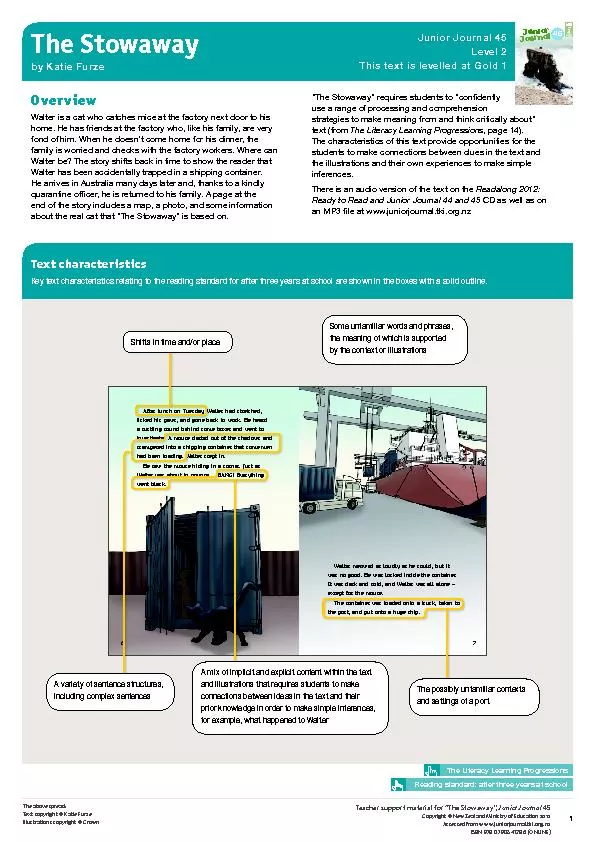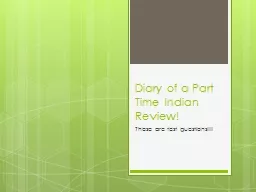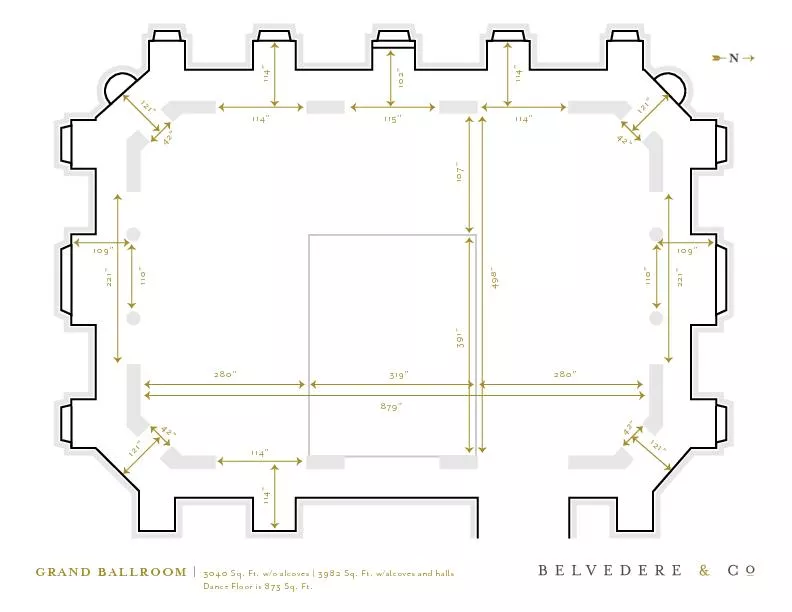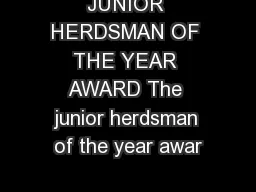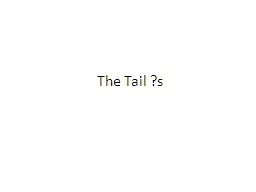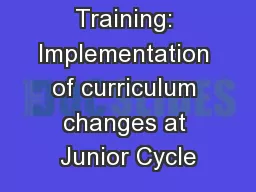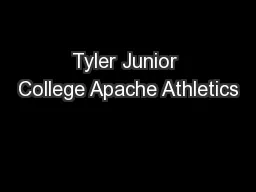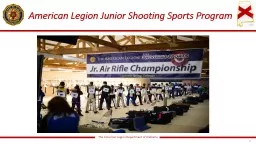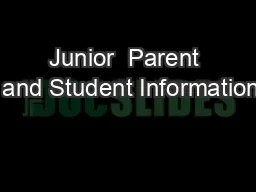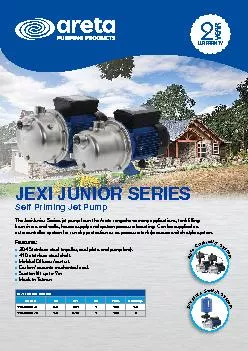PDF-Teacher support material forTheStowaway”, Junior JournalAccessed
Author : danika-pritchard | Published Date : 2016-08-07
Page 6The students conrm by using the time phrase 147After lunch on Tuesday148 that the story has now gone back in timeThey use clues from the text and their prior
Presentation Embed Code
Download Presentation
Download Presentation The PPT/PDF document "Teacher support material forTheStowaway&..." is the property of its rightful owner. Permission is granted to download and print the materials on this website for personal, non-commercial use only, and to display it on your personal computer provided you do not modify the materials and that you retain all copyright notices contained in the materials. By downloading content from our website, you accept the terms of this agreement.
Teacher support material forTheStowaway”, Junior JournalAccessed: Transcript
Download Rules Of Document
"Teacher support material forTheStowaway”, Junior JournalAccessed"The content belongs to its owner. You may download and print it for personal use, without modification, and keep all copyright notices. By downloading, you agree to these terms.
Related Documents

